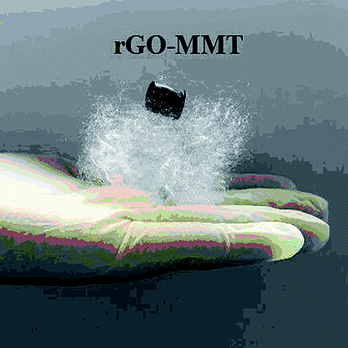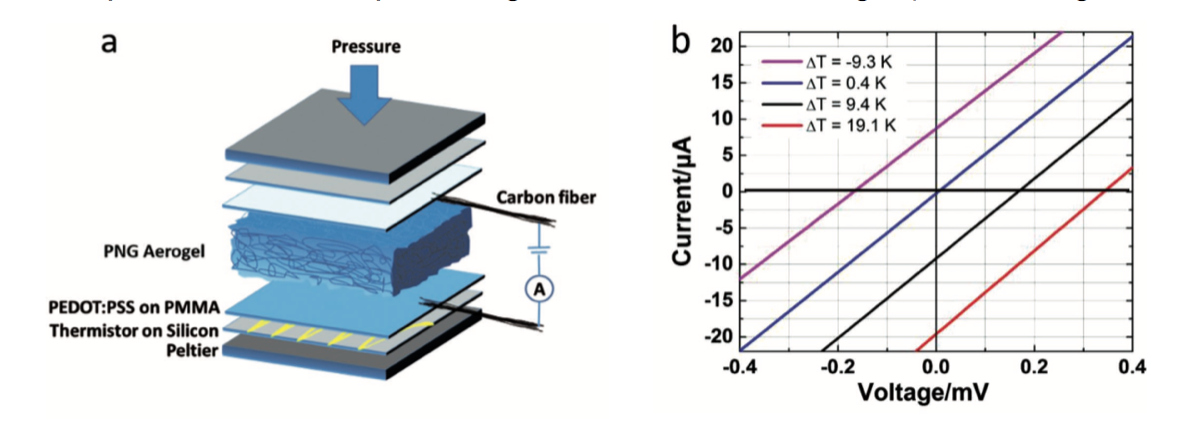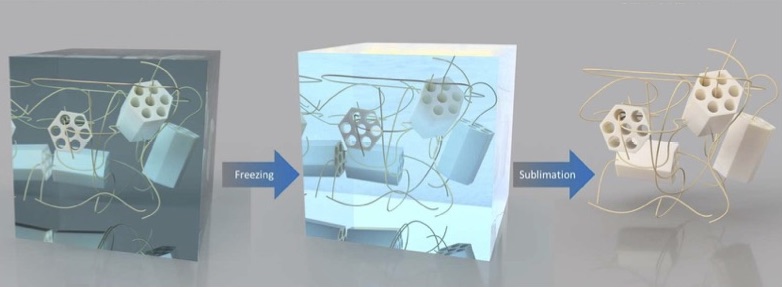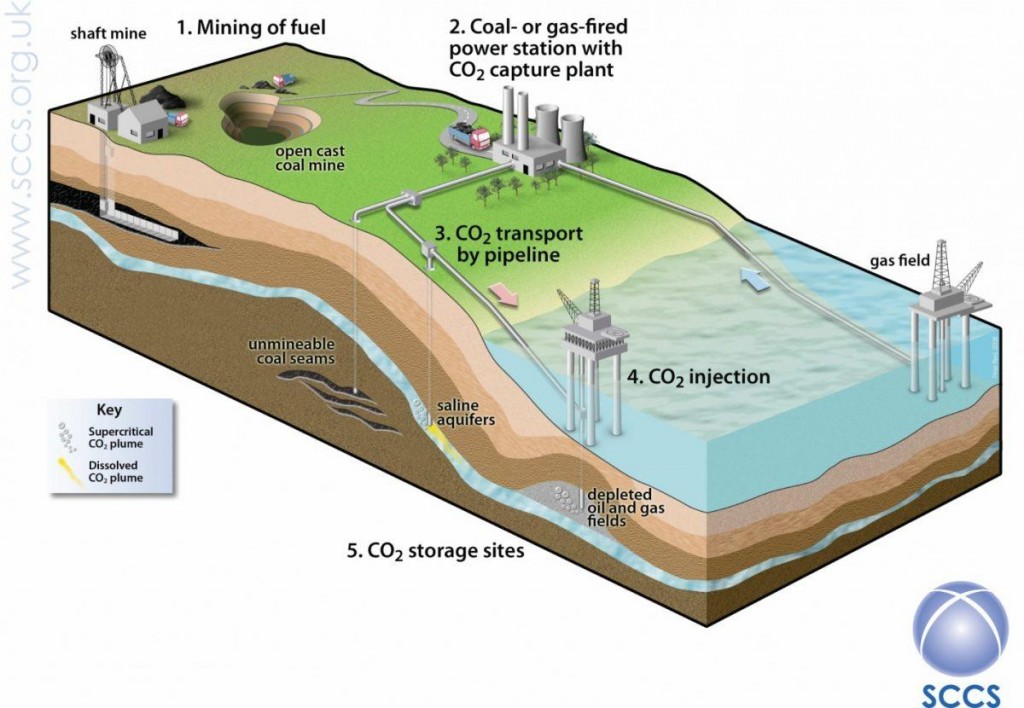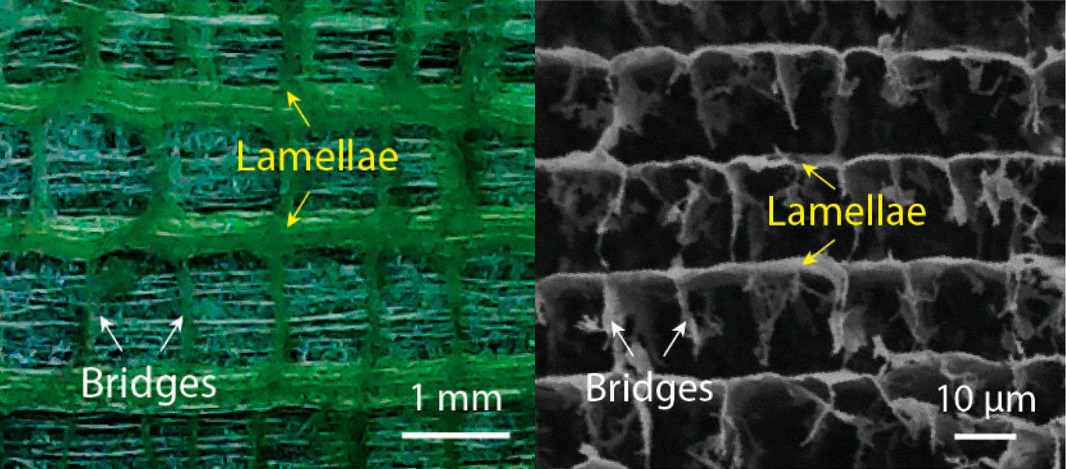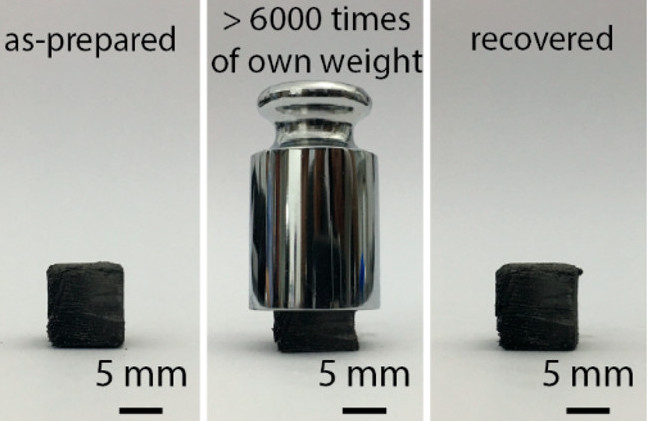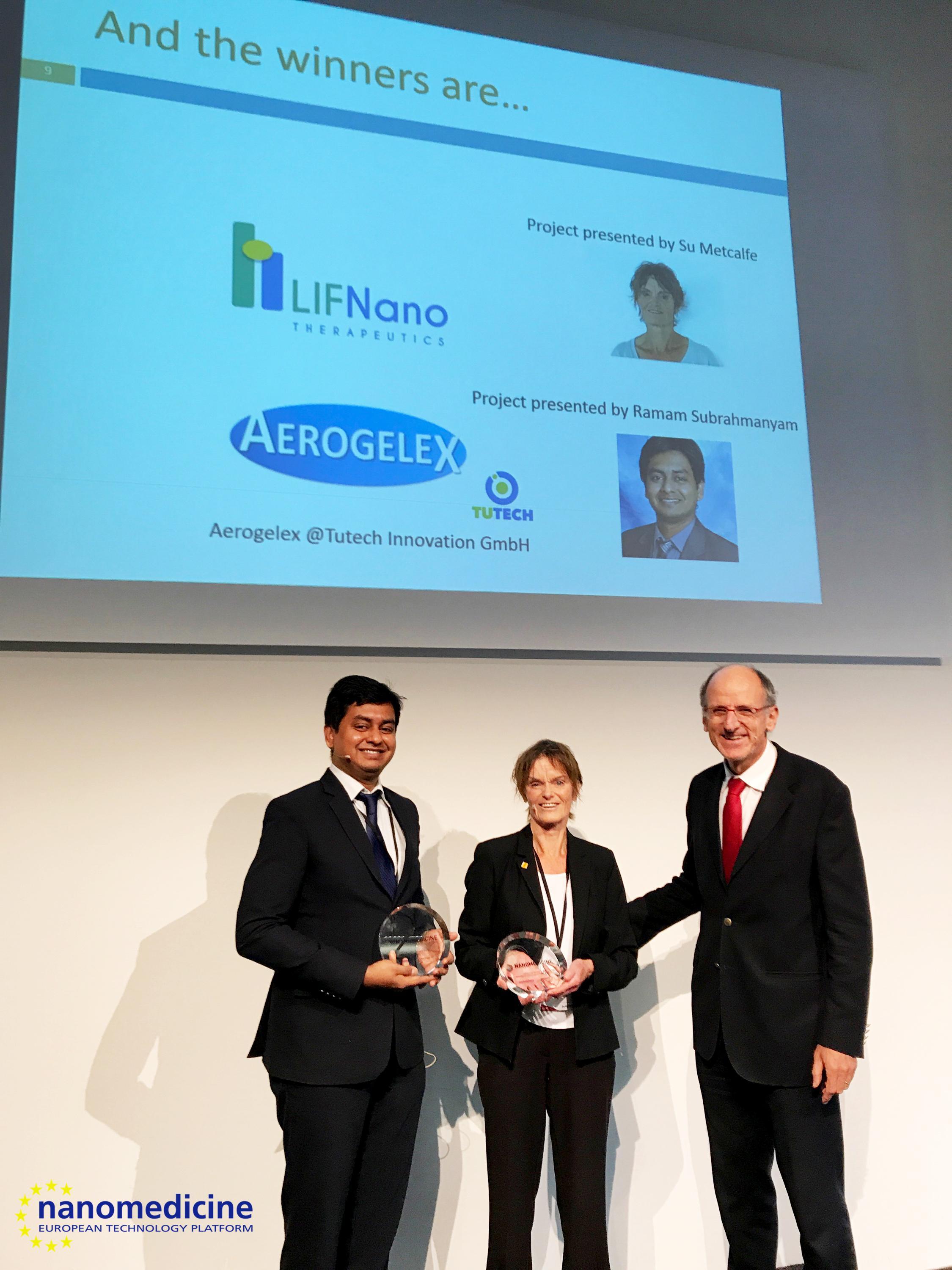The search for active yet economical water purification strategies is in full swing as increasing industrial activity results in sharp surges in wastewater production, and the ever-growing global population increases demand for clean drinking water.
Commonly, separated, sophisticated absorption processes are deployed to remove either organic or inorganic contaminants from sewage water due to their high efficiency and moderate cost. However, it remains a challenge to devise robust, efficient and economical absorbents for the wide range of trace elements occurring in wastewater. Ideally, novel absorption materials should be able to remove inorganic compounds such as dyes or heavy metals and also be active against harmful viral or bacterial pathogens.
In pursuit of such a material, researchers from Jinan University (China) have synthesized an aerogel structure exhibiting extraordinary dye and heavy metal absorbing properties, by using graphene oxide (GO) and a type of abundant mineral called montmorillonite (MMT). The desired anti-pathogenic activity was realized through equipping the aerogel matrix with a common anti-bacterial agent, resulting in absorbents displaying excellent antibacterial activity against Gram-positive and Gram-negative bacteria.
The aerogel material exhibiting these intriguing properties was manufactured through mixing GO powder, ascorbic acid, and a MMT solution, then inducing gelation through heat treatment at 95 °C. After aging of the hydrogel in a PVA solution for two days, the gel was then freeze dried at -55 °C, resulting in a monolithic aerogel structure, which is shown in the Figure below.
Absorption experiments showed that the aerogel absorbents were not only able to remove more than 95 % of methyl orange and methylene blue dyes from aqueous solutions, but also exhibited great properties for the removal of heavy metals from water (e.g. >90 % removal efficiency for chromium ion removal). This activity was found to be stable over numerous absorption/desorption cycles, with sample regeneration being achieved by vigorous shaking. Furthermore, the addition of antibacterial dodecyl dimethyl benzyl ammonium chloride (1227) to the initial precursor solution was found to provide the aerogel with antibacterial activity, which was shown using E. coli and S. aureus bacteria cultures, each losing over 90 % of their cell viability in the presence of the GO-MMT-1227 aerogel material.
Due to these extraordinary findings, the researchers are confident that they have found an efficient, versatile, recyclable, and robust absorbent material, which has the potential to revolutionize water purification. If economical large scale manufacturing and long term stability can be achieved, the novel material might indeed replace state-of-the-art sorbents in wastewater treatment systems.
More details: Yunyun Zhang et al.; The utilization of a three-dimensional reduced graphene oxide and montmorillonite composite aerogel as a multifunctional agent for wastewater treatment, RSC Adv., 2018,8, 4239-4248. https://doi.org/10.1039/C7RA13103H

